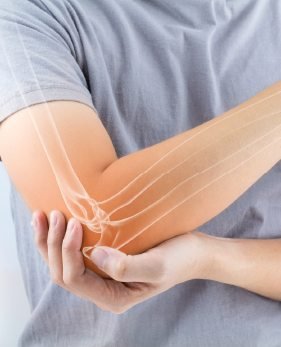-
April 29, 2020
-
0

What are intertrochanteric fractures?
An intertrochanteric fracture is a type of hip fracture that is normally caused by injury or falls. A trochanter is a bony protrusion on the femur where the thigh muscles and hip meet. Your body has two trochanters – greater and lesser trochanters. A fracture that occurs between these two trochanters is known as an intertrochanteric fracture.
Intertrochanteric fractures common and make up about 50 percent of all hip fractures. The most common causes of this fracture are trauma or falls. Older people are more susceptible of developing intertrochanteric fractures as they have weaker bones and are at a higher risk of falling. Conditions such as long-term osteoporosis, low muscle mass or low bone density increases your chances of developing bone fractures.
How are intertrochanteric fractures treated?
The primary treatment for intertrochanteric fractures is surgery as these fractures can take a long period of time for healing on their own. The most common surgical method is closed Reduction and Internal Fixation (CRIF) where the broken bones are held in place with Nail/Screws/Pins or plates.
A hip fracture or proximal femur fracture is serious condition that needs immediate medical attention and surgery. Intertrochanteric fractures are a type of proximal femur fractures and can cause severe pain, swelling and immobility. Surgery has to be immediately performed to repair the fracture and bring the broken pieces back together. An effective surgical method to treat a proximal fracture is using an intramedullary nail. This nail is inserted through the femoral canal and fixed at the upper part of the femoral head. This procedure ensures proper bone alignment and makes recovery faster and smoother.
Recovery from an intertrochanteric fracture depends on the patient’s age and condition. Patient’s are made to ambulate immediately after surgery.It typically takes three months or longer to fully recover from an intertrochanteric fracture. It is important to undergo rehabilitation or physical therapy to improve strength and mobility after recovery. This involves working on walking, standing, jogging and other basic everyday activities.
Talk to our team of orthopaedic specialists today for more information on hip fractures and
their treatment. They will also guide you on how to manage osteoporosis and other bone-related conditions for a longer, healthier life.
Contact
JAYANAGAR
BANASHANKARI

